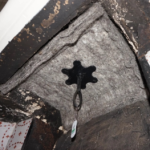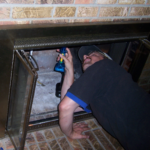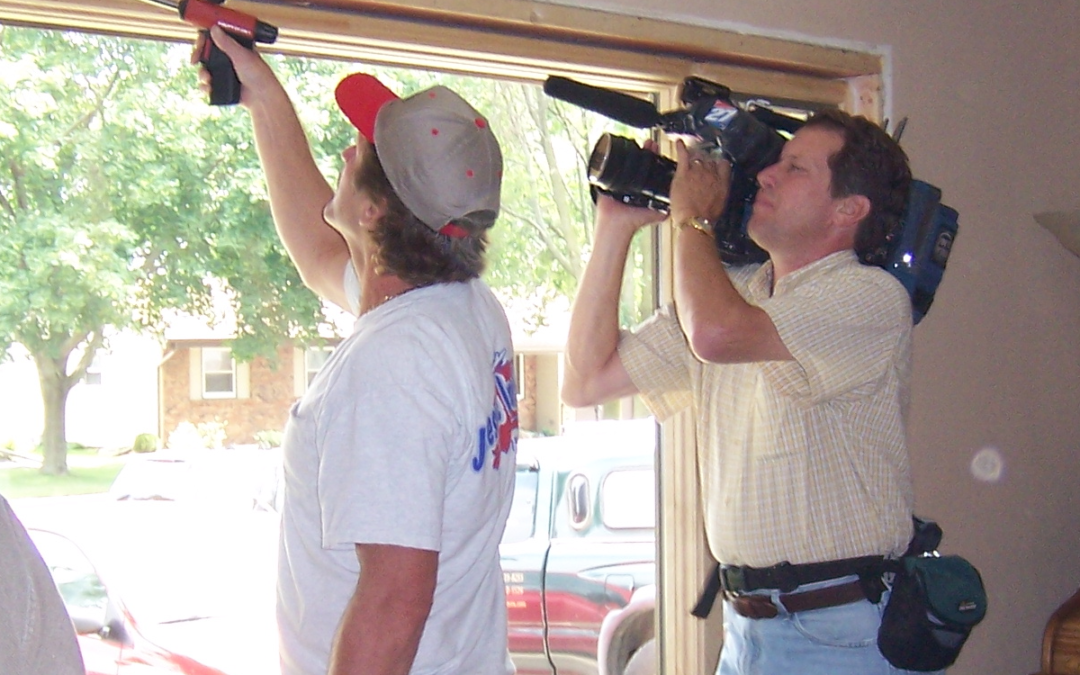Temperatures aren’t the only thing rising this time of year. According to the National Energy Assistance Directors Association, home energy bills sit at 10-year highs just as air conditioners hum into gear across the United States. While there are several ways to ensure homes have energy efficient home improvements. One often overlooked areas is the chimney. Worse yet, the chimney acts like a dirty snorkel that allows warm, smelly air to waft inside the home. This can happen even if there is an existing metal damper inside the chimney.
Fortunately, there is a simple solution that homeowners can install themselves that seals the chimney and reduces energy waste, and is a energy efficient home improvement.
Cool your home, not your neighborhood
Before homeowners seek unfounded DIY-hacks online, the first step in creating a more energy efficient home improvements list is understanding where energy is wasted. According to Energy Star, an Environmental Protection Agency and Department of Energy-run program focused on energy
efficient home improvements. Air leakage is one of the top contributors to wasted energy in homes and can account for as much as 40 percent of the energy used for heating and cooling in homes.
While the fireplace is designed to provide warmth in the winter, the chimney acts as a conduit for energy loss throughout the summer. The large openings in traditional fireplaces, also known as flues, allow conditioned air to escape while simultaneously drawing warm, humid air from outside into your comfortable living space. This constant exchange of air leads to increased energy consumption and higher utility bills as air conditioners work harder to compensate for the loss.
Through consistent seasonal use and exposure to extreme temperatures, a cast iron or sheet metal chimney damper warps over time, and even new metal dampers are not airtight. Without an airtight seal, a chimney is akin to leaving a window open all summer. And while caulks and foams are useful air sealing techniques for some applications, they don’t work in a fireplace.
The solution is shockingly simple for energy efficient home improvements

Energy Efficient Home Improvements Like Blocking the Chimney
There are eco-friendly, all-wool inserts called Flueblockers, designed to plug the chimney. These thick-layered wool inserts not only prevent conditioned air from escaping the home, but they stop hot, humid outdoor air from passing through the toxic, soot-filled chimney into your home. This provides increased comfort and improved indoor air quality. Homeowners breathe easier knowing there’s a sustainable, cost-effective solution for one’s health (and wallet).
These flue inserts are available in varying shapes and can be customized and scissor-trimmed to fit any-sized flue, making it the easiest, most cost-effective solution on the market. Not to mention they are available for purchase online and can be installed quickly and easily.
Money savings on energy efficient home improvements
So what are the examples of energy efficient home improvements? Similar to having solar panels installed, the government incentivizes homeowners to take advantage of the tax credits and rebates being offered for energy efficient home improvements. The same goes for insulation and air sealing improvements, but these tax credits have an even quicker payback than solar, and are energy efficient home improvements tax deductible? Many wool flue inserts qualify for 30% federal air-sealing and insulation tax credits that heavily subsidize the products. And due to the energy savings that come with installing a wool insert in your flue, the products pay for themselves with the savings in less than one year – with or without the federal tax credit.
The Bottom-line on energy efficient home improvements

Plugging the flue can make a house more energy-efficient
So, what can make a house more energy-efficient? Homeowners with wood-burning fireplaces should explore whether their flues are currently sealed. If you have a metal damper, place your hand on it (assuming you’ve not recently used the fireplace) and feel its warmth from the outside air. You’ll likely hear and feel a draft, too. Making your home more energy efficient this summer is simple, and wool inserts are also great at blocking cold drafts in the winter. Users simply remove the insert – which takes less than 15 seconds – if they choose to use the fireplace.
